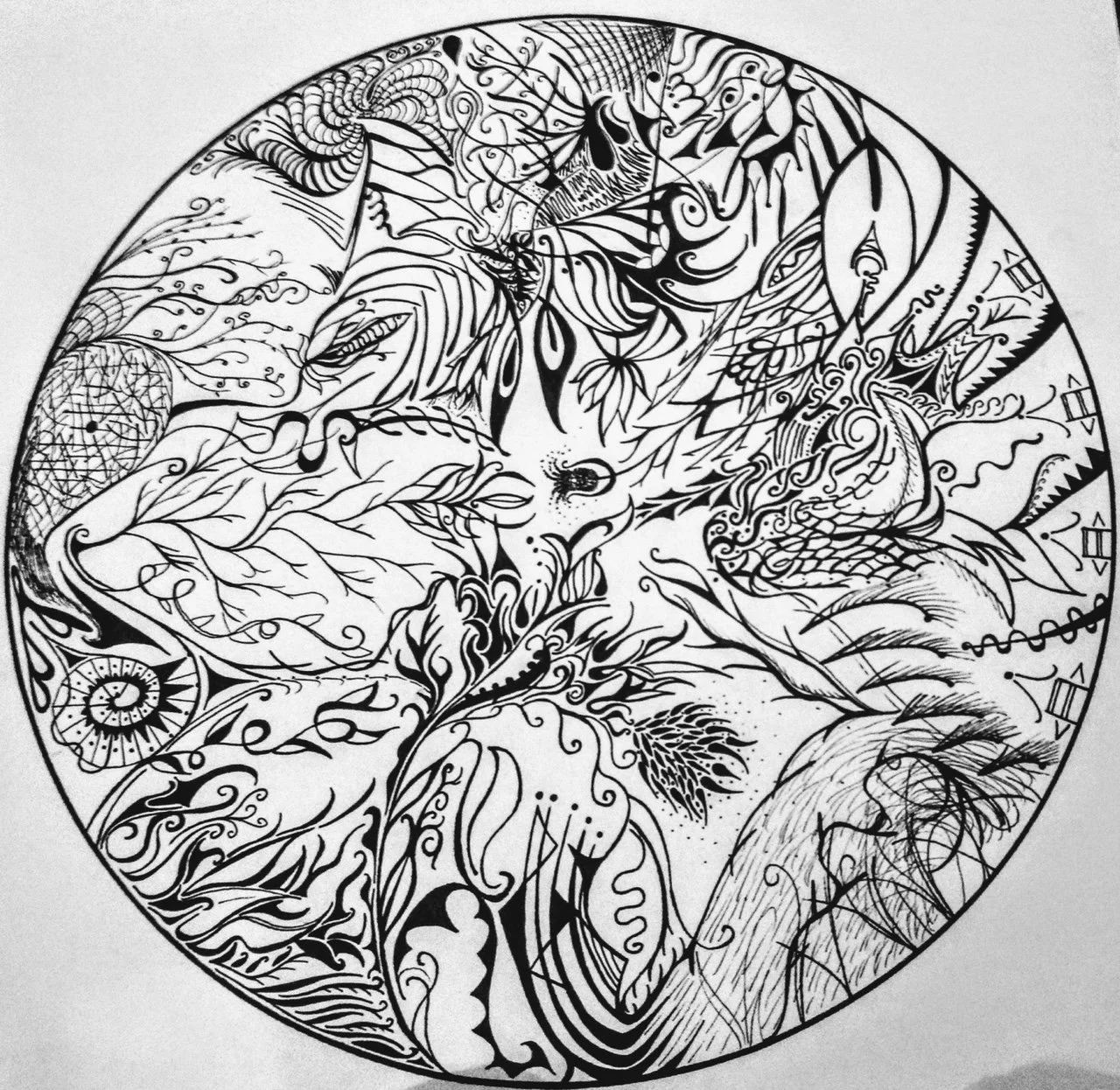
Modalities
Somatic Movement with Parts and Internal Family Systems
Parts Informed Eye Movement Desensitization and Reprocessing
UZAZU Embodied Intelligence
My perspective is that healing occurs as a continuous flow between bottom-up and top-down processing and metabolizing. We can access healing using the bottom-up approach by working with the body as a source of information, regulation, differentiation, organization and wholeness. It offers transformation and integration of traumatic memory, a way of more deeply being in relationship with others, and with attunement, it can create a foundation of self-trust that directs our internal compass and relational way of being in the world.
Working Together With These Modalities
We may focus on improving interoception (awareness of internal sensations in the body) and befriending your nervous system to understand emotions, regulate, change patterns, find guidance, work with trauma responses, improve relationships to others, increase access to self-compassion and confidence, and lean into self-trust.
To learn more about nervous system work Deb Dana’s Website is a great starting place: https://www.rhythmofregulation.com/
We may process trauma, anxieties, and cognitive, emotional or somatic blocks using eye movement desensitization and reprocessing (EMDR) to access inner resources and self-regulation, decrease emotional distress, shift limiting beliefs, increase dual awareness (presence to the current moment), lower activation responses and access being a more adaptive, flexible you that has choice.
For basic information about EMDR: https://www.emdr.com/what-is-emdr/
For deeper explanation of somatic and parts work approach to EMDR, you can read Arielle Schwartz’s explanation here: https://drarielleschwartz.com/somatic-interventions-in-emdr-therapy/
We may use somatic movement and internal family systems (IFS) to improve the ability to listen, communicate and care for your inner world instead of feeling overwhelmed, numbed out, controlled by impulses, or avoidant; to have a sense of compassionate, wise, leadership over your system; to understand how parts of us respond to others and how others respond and act from parts of themselves; to improve adaptive regulation of your nervous system responses and act from a place of integrated decision making.
We may use the UZAZU embodiment practice to explore inner emotions, sensations and urges in a dimensional, spatial and relational manner and build affect tolerance, choice, and flexibility; build awareness of patterns and shift inner complexes and polarities of your system that are affecting outer relationships; enhance the experience of overall integration and organization between mind and body; explore life areas, balance, and identify zones of growth or needed change; address values formation, current activations, alignments, and potential blocks; improve relationships with attunement, co-regulation, and adaptive boundaries.
For a deeper explanation of UZAZU you can review the main UZAZU website here: https://www.uzazu.org/what-is-uzazu-embodiment/




